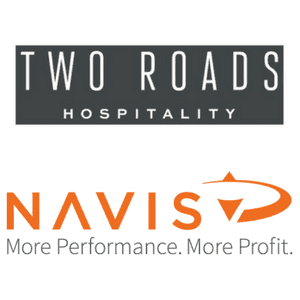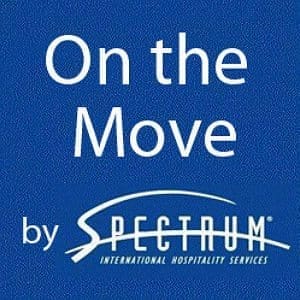Rimm developed her approach during her 16 years as a senior executive at Massachusetts General Hospital, where she informally coached and mentored employees.
"Whether they came to me for help with work-life balance or managing a big project, the missing link for all of them was that they didn't have a plan," Rimm says. "Once they had a mission and a vision of what they were trying to achieve, they left my office renewed and energized."
That experience spurred Rimm to start Allison Rimm and Associates, which inspires individuals and organizations to create breathtaking visions and plans that make those visions come to life. Her plan for finding joy has three key steps:
1. Identify what brings you joy.
2. Create a vision of what success looks like to you.
3. Develop and execute a plan to achieve your joy.
Step 1: Identify and define your joy
"Remind yourself why you got into business in the first place," Rimm says. "Look at your calendar, and do an analysis of how you're spending your time. How much of the week are you spending doing the work you love? How much time are you spending on the operational details of running a business?"
On her own calendar, Rimm goes as far as to colour-code the items that bring her joy and those that don't so she can see at a glance when she's tipping out of balance. "I recently printed out the past three months of my calendar, because my joy/hassle ratio was veering toward hassle," she says. "I looked back and highlighted the amazing days and figured out how to bring more of that type of work into my daily experience."
Of course, sometimes-especially during startup-you may need to just "suck it up" and do the stuff you hate, but as soon as you can afford to, Rimm says, pay someone else to do those things you'd rather not so you can focus on the things that bring you joy.
Step 2: Zero in on your vision of success
After assessing what elements of your personal and professional life bring you joy and what you'd like to do more (and less) of, create a crystal-clear vision of what your ideal day looks like. Here, Rimm says, many people fall victim to the "yeah but" habit.
Let's say you have a big client who pays well but is a nightmare to work with. Asked whether you'd like to ditch that client and focus on more enjoyable clients, you may say, "Yeah, but I can't afford to because I have a lot of employees and I need that money to make payroll."
To break the "yeah but" habit, Rimm advises, "First, question the assumptions behind the ‘yeah but.' Do you really need all those employees?" Maybe you hired them to support that big client, but firing that client would eliminate the need for them.
Next, come up with strategies for dealing with each "but." "For instance, if you don't need all those employees, you could lay them off," Rimm says. "If you don't want to do that, think of alternatives to support them. For example, could you make their compensation partly dependent on their bringing in new clients?"
Rimm, who has all her clients do a SWOT (strengths, opportunities, weaknesses and threats) analysis, says many people dwell on their threats and weaknesses. "Test whether your perceived threat is really a threat," she says. "In many cases, it isn't. If it is, create a strategy to deal with it."
Step 3: Develop and execute a plan for joy
Finally, Rimm advises, "break the elements of your perfect business, perfect day and perfect life into bite-sized, doable chunks, and evaluate what you can do where you are right now to bring more pieces of your perfect life into your current experience."
In creating a vision for success, Rimm encourages clients to "think big" – something people who are analytical and task-oriented struggle to do. However, many entrepreneurs have the opposite problem: too many grand visions and no idea how to make them happen.
"If you have an audacious vision, focus on what you have in place right now and what it will take to get to where you want to be," Rimm says. "Then you can evaluate how doable your vision is." If achieving your vision entails things you're not willing or not equipped to do on your own, Rimm says, don't give up. Instead, look at ways you can modify your vision or recruit others to help you achieve it.
While finding your joy is a lifetime process, Rimm emphasizes starting small with immediate changes that pay off right away. "Pick something small, and nail it. That builds momentum," she explains. "If you break down the elements that bring you joy and add them one by one, you'll be surprised how quickly you can go from having next to no joy to having a whole lot of it."
Via Open Forum
Rieva Lesonsky is the CEO, President & Founder, GrowBiz Media, a company that creates custom content for and about small business owners and entrepreneurs. They specialize in blogs, long-form articles, white papers, Webinars and speaking to business owners.












